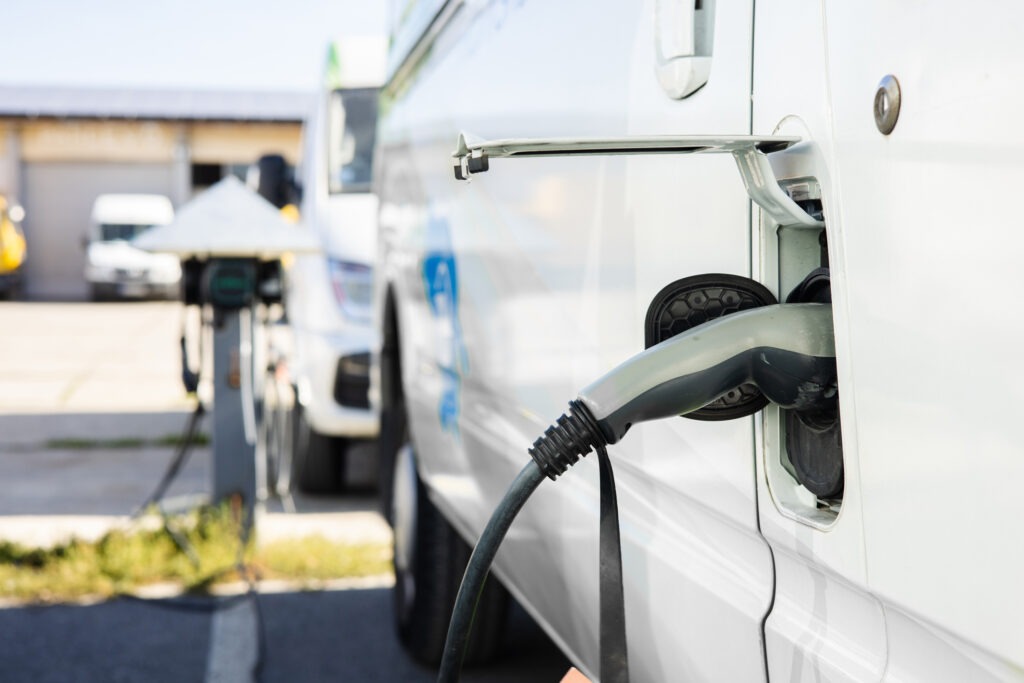New era for Formula One offshoot WAE
08 January 2023

Motorsport has long provided a proving ground for technologies that have found their way into the everyday automotive realm. One company synonymous with Formula One (F1) is now developing new engineering solutions for an increasingly complex and electrified world.
Williams Advanced Engineering was inaugurated in 2010 as an offshoot of the hugely successful F1 team Williams, founded by Sir Frank Williams, as a way of diversifying the company’s operations.
The setup has now been rebranded as WAE Technologies, following the acquisition by Australian mining company Fortescue Metals Group (FMG). The completion of the rebrand caps a $222.2 million (€209.3 million) deal first announced in early 2022, as reported by the BBC.
WAE previously operated under Williams Advanced Engineering, through a licence agreement as part of Williams F1 ownership. With the licence expiring this year, and a separation of the two companies with Fortescue’s acquisition, WAE will no longer use the name.
Following the procurement by FMG, which completed in March 2022, WAE and its 600-plus employees will continue to service its existing customers and commercialise new technology opportunities, in addition to playing a key role in supporting Fortescue’s decarbonisation strategy.
WAE and future mobility
At last year’s Bauma Trade Show in Munich, WAE showcased new technologies for ‘off-highway’ mobility, primarily aimed at assisting with Fortescue’s green approach to mining operations.
This includes batteries featuring laser-welded cell-to-busbar technology, delivering a sub-30 minute pack charge time, as well as advanced battery architecture, designed for more efficient energy usage.
‘Over the last two decades, WAE has garnered unparalleled experience in the development of cutting-edge technology which, increasingly, is being applied to the off-highway sector,’ commented Graham Belgum, general manager for Green Fleet, WAE.
‘Now that we are part of the Fortescue family, WAE is central to battery power systems and products capability, supporting the business as it transitions to a clean, green fleet. Our technology has the potential to accelerate the decarbonisation of any off-highway vehicle.’
WAE’s ‘off-highway’ technologies were preceded by the debut of an ultra-high performance electric vehicle (EV) platform, unveiled at low-carbon vehicle event, Cenex LCV. The platform centres on incorporating motorsport design DNA to enable brands to launch high-performance EVs combining WAE’s vehicle and powertrain engineering experience.
Sustainability key to wider plans
FMG’s initial deal to acquire Williams Advanced Engineering focussed on integrating the company’s advanced engineering and technology services to accelerate its own net-zero ambitions.
The Australian firm has a fully-costed plan to achieve real zero by 2030. Back in March 2022, it announced the world’s first, zero-emission ‘Infinity Train’.
The regenerating battery-electric iron ore train project will use gravitational energy to recharge its battery-electric systems without any additional charging requirements for the return trip to reload.
WAE will jointly develop the technology for this train with Fortescue as part of FMG’s wider aims to reduce emissions in the heavy industry sector as well as capitalising on opportunities for this technology to be commercialised on a global basis.
McLaren announces powertrain partnership
An offshoot of similarly storied F1 outfit McLaren has seen the carmaker embark on a strategic partnership with electric motor developers Elaphe, as reported by electrive.com.
The Slovenian company will be developing a powertrain with McLaren Applied’s 800-volt silicon carbide (SiC) inverter IPG5, combining this technology with Elaphe’s in-wheel motors and vehicle control. Central to the benefits of this powertrain are ‘significant’ weight and space savings, reduced energy consumption and faster torque response.
McLaren Applied’s SiC technology is derived from McLaren’s presence in the motorsport world and is used in both F1 and Formula E competition.



